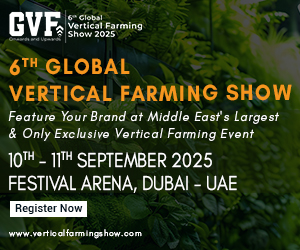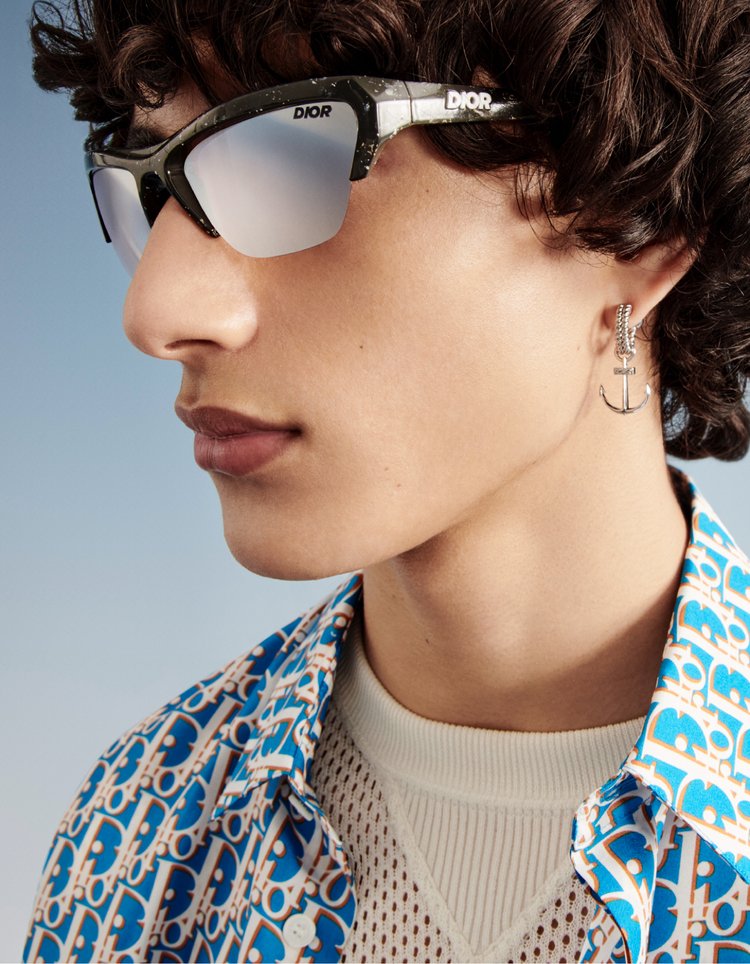Renewcell is likely a company you’ve never heard of – but it may be about to change the fashion industry. It has patented a process – developed at the Royal Institute of Technology in Stockholm and based on one used in the wood processing industry – that allows it to recycle cellulosic textile waste – such as worn-out cotton clothes and production scraps and samples – and turn them into a new material its calling Circulose.
How does it work? Old clothing – at least 95 per cent cotton – is shredded into a confetti, which is chemically treated to produce a pulp, which is then bleached and steam dried to produce rolls of what feels like white blotting paper. This can then later be dissolved to produce the fibres used to produce viscose, modal or Lyocell.
The fibres usually used to make these fabrics come at a cost of 200 million trees each year. But with Circulose it’s not just the trees being saved. Crucially, the Renewcell process allows for the production of high-quality ‘virgin’ cloth made entirely from recycled fabric (rather than the small percentage of recycled fabric in most clothing – often of poor quality – marketed as ‘recycled’ to date). That, of course, makes greater use of the waste textiles which tend to end up incinerated or in landfill.
This past November Renewcell, which is based in Sundsvall, Sweden, opened its first industrial, commercial-scale plant, and the first of its kind in the world and have since signed a five-year contract with a Chinese manufacturer, Tangshan Sanyou to supply 175,000 tons of materials from discarded textiles. H&M Group, Inditex (Zara, Massimo Dutti etc), and Levi Strauss are also on board.
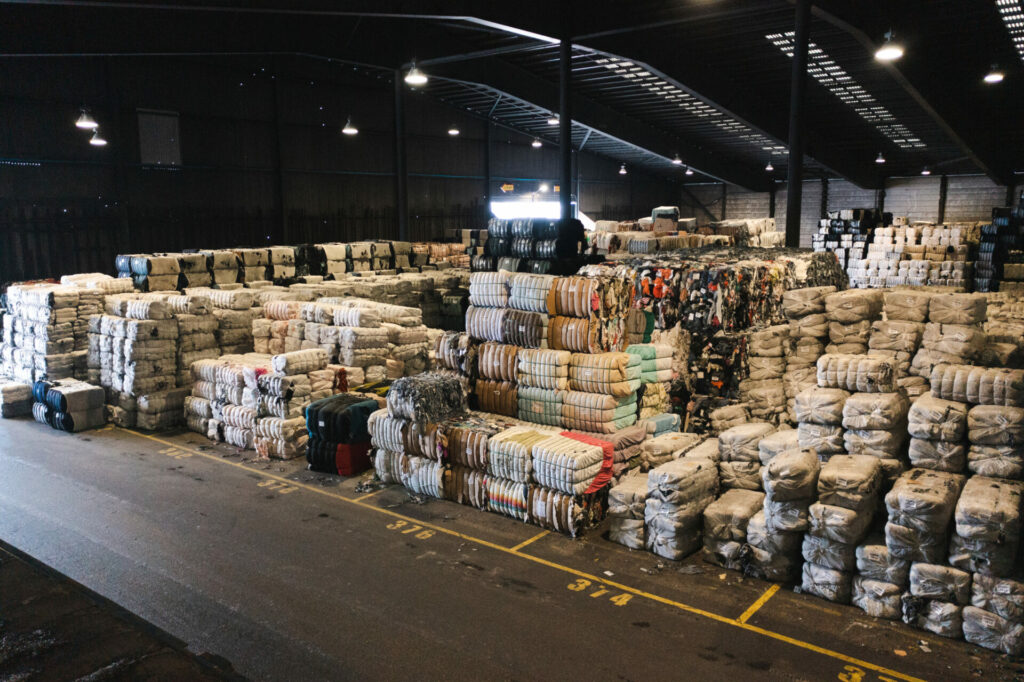
By the end of the decade it hopes to be produce around 360,000 tonnes of the pulp that is used to create Circulose – that’s enough, remarkably, to make some 1,800 million t-shirts.
Harald Cavalli-Bjorkman is Renewcell’s director of strategy.
The Ethicalist: Circulose brings genuine circularity to clothing production. But who is calling for this?
CAVALLI-BJORKMAN: I think there’s a sentiment towards circularity broadly among people working within manufacturing in the fashion industry. And while the strongest source pushing for it shifts over time, as a lot of EU regulation is coming down the line there’s at least the sense that the consumer wants affordable low impact clothes now, at least on the abstract level. But there’s also a lot of pressure from investors, demanding disclosure from brands and manufacturers.
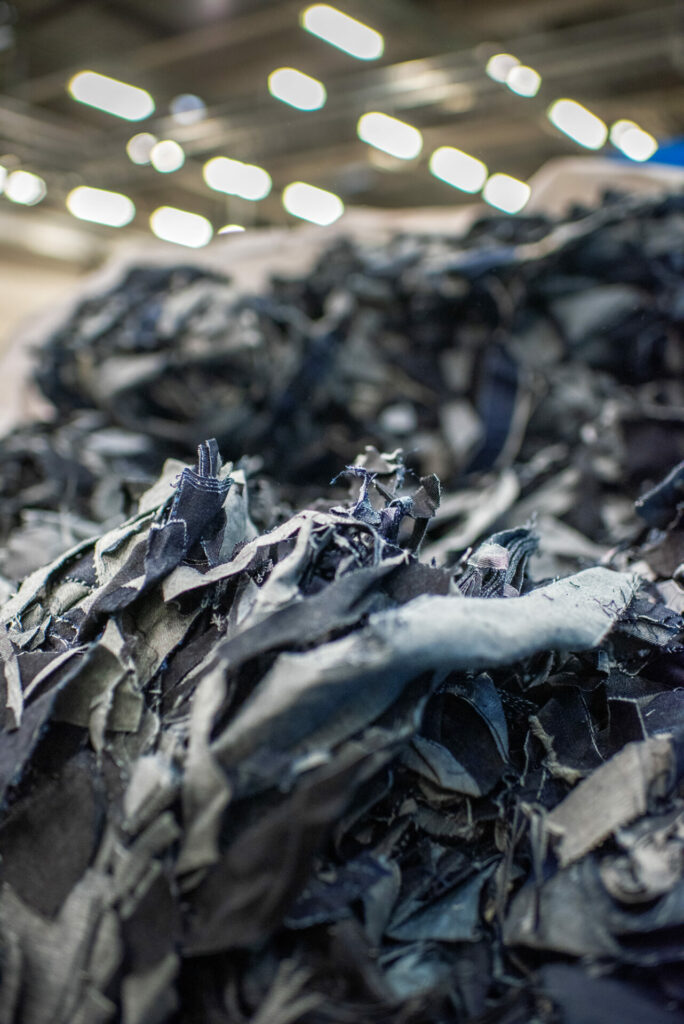

TE: It can seem that people talk ‘sustainability’ but still want abundant cheap clothing. And we’re buying more and more. What’s going to change that?
C-J: The fact is that clothing is becoming cheaper and more readily available and people generally are becoming richer – there’s more of a global middle-class and that brings a level of consumption that’s been enjoyed in rich countries for 40 years or more. Manufacturers are serving that demand. It’s very basic part of culture to use clothing to express that [growing wealth] and it’s hard to see that going away. If the clothing is available people are going to use it that way.
We have to address that through technology and policy. And the most effective way is to put up clothing prices, or carbon-price it all. It’s not unreasonable that any product should carry its true cost. The problem is that we place special value in clothing that’s new and on trend – that’s very understandable given how we socialise and build affinity between each other. I don’t think we can place too much responsibility on the individual. We all have too little time to think about such things.
TE: One interesting aspect of Circulose is that it’s what the industry refers to as a ‘virgin’ fabric – that is, it’s entirely new, not just part recycled from other textiles, the results of which are typically too poor quality for many manufactures to use. How important is this?
C-B: Most ‘recycled’ fabrics available today are either made from recycled plastics – water bottles, for example – or are mechanically recycled [from old textiles]. What’s crucial is that neither way produces a fabric of the quality that matches a virgin material – the process always brings some degree of degradation to the materials. The fact is that it’s not of a standard that is going to persuade many fashion manufacturers to use it.
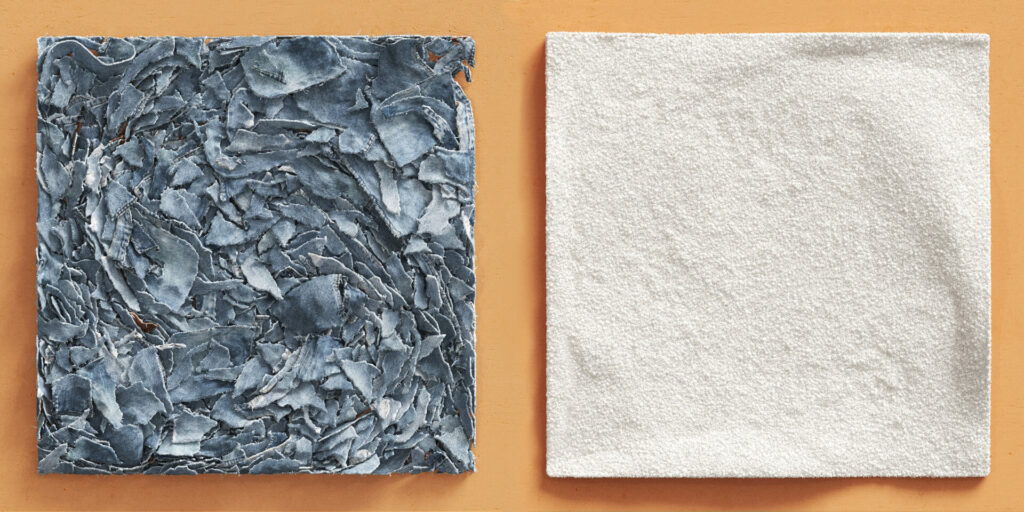
That’s where our technology comes in. That’s the unique thing about Circulose – recycled fabrics to date look and feel different and change what you can do with them and require learning how to work with them. Designers should be thinking about that, of course. But let’s also find a way of just replacing the raw material in the fibres of the material you know well already and design well around, in a way that means you don’t have to accept a drop in quality.
We all already tend to see ‘recycled’ on a label and ask ourselves ‘what am I having to compromise on here?’. We have to unlearn that now – behaviour change is a massive barrier to our scaling up.
E: What do you see the potential of Circulose as being?
C-B: What’s important is that Circulose is a direct drop-in substitute for all the modal, Lyocell, and viscose fabrics being used [to make clothing today] – that’s the ‘man-made cellulosic fibre’ category, around 6 percent of the global textiles market. But we also have a very close substitute for cotton too, and we demonstrated that last year in using it in the creation of 501 jeans for Levi’s.
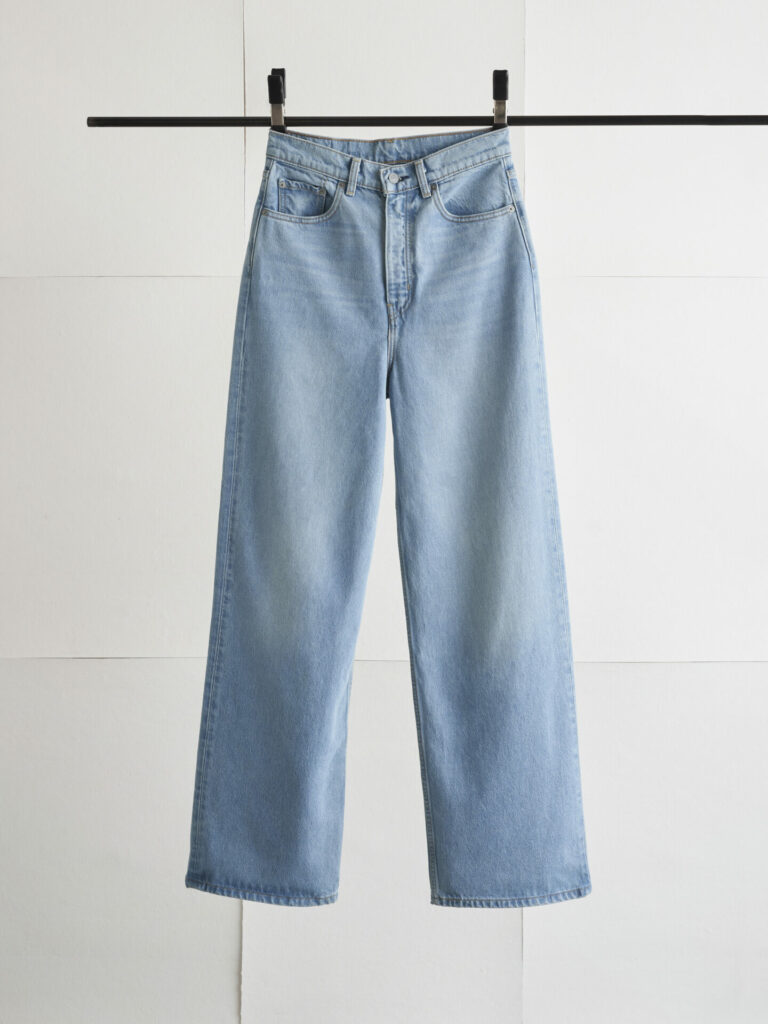

There are various ways to make [this product] more or less cotton-like but you could replace, say, 40 percent of the virgin cotton in a pair of jeans with Circulose cotton and someone like me wouldn’t notice the difference. So we think in the future we can address at least 30 percent of the demand for cotton, and 15 percent of polyester too. So there’s wide application. We’ll scale as fast as we can. In the lab we’ve already worked out how to recycle those man-made cellulosic fabrics too, seven times over. But that’s another set of technologies.
E: You’ve mentioned Levi’s. H&M has also backed Renewcell and Stella McCartney has expressed interest. How important is having these big brand names behind Circulose?
C-B: It’s extremely important. We’re right at the beginning of the value chain and very few brands know anything about the process of making, say, a viscose fibre, so it’s not a given that we’d have any interaction [with brands like these] anyway. But they get all the attention, good and bad, deservedly so, so increasingly they have to care about what happens right along the value chain.
H&M invested in us – their money got us to where we are now, but that mattered also for the credibility it gave us when we spoke to the big, anonymous textiles manufacturers we tend to deal with. Tell them ‘H&M want this’ and they listen. Smaller, progressive brands with a lot of design clout also help us drive awareness of what a recycled textile can be.
The more commitment we get the faster we can scale, which takes money – because we’re talking here about concrete and steel, not developing an app. And scaling up matters because we’re competing against a very mature, commodity industry.





